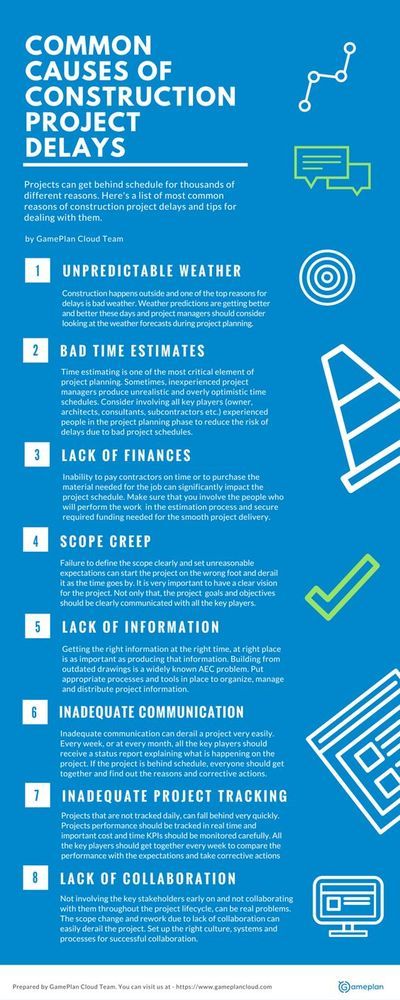Estimating the cost of a construction project is a complex and time-consuming process. It requires a thorough understanding of the project scope, materials, labor, and other factors that can affect the total cost. This guide will provide you with an overview of the essential steps in the construction cost estimating process.
Step 1: Define the Project Scope
The first step in the construction cost estimating process is to define the project scope. This includes determining the size, complexity, and duration of the project. It also involves identifying the materials and labor needed to complete the project. This step is critical for ensuring that all costs are accounted for and that the project remains within budget.
Step 2: Gather Cost Data
Once the project scope is defined, the next step is to gather cost data. This includes researching the cost of materials, labor, and other factors that may affect the total cost of the project. It is important to research multiple sources to ensure accuracy and to compare prices between vendors.
Step 3: Estimate Labor Costs
Labor costs are one of the most significant factors in the construction cost estimating process. This includes the cost of hiring skilled laborers and the cost of their wages. It is important to consider the number of hours required to complete the project and the cost of overtime if necessary.
Step 4: Estimate Material Costs
Another important factor in the construction cost estimating process is the cost of materials. This includes the cost of purchasing the necessary materials and the cost of shipping them to the job site. It is important to research the cost of materials from multiple sources to ensure accuracy and to compare prices between vendors.
Step 5: Calculate Overhead Costs
Overhead costs are those costs that are not directly related to the construction of the project. This includes the cost of renting equipment, purchasing insurance, and other miscellaneous expenses. It is important to include these costs in the construction cost estimate to ensure that the project remains within budget.
Step 6: Create a Budget
Once all of the costs have been estimated, the next step is to create a budget. This includes determining the total cost of the project and allocating funds for each component of the project. It is important to create a realistic budget that accounts for all of the costs associated with the project.
Step 7: Monitor Costs
It is important to monitor the costs of the project throughout the construction process. This includes regularly reviewing the budget and making adjustments as necessary. It is also important to track the progress of the project to ensure that it remains on schedule and within budget.
You might find these FREE courses useful
- Construction Management Specialization
- Construction Cost Estimating and Cost Control
- Construction Cost Estimating and Cost Control
- Construction Management Specialization
Step 8: Finalize the Estimate
Once the project is complete, the final step is to finalize the construction cost estimate. This includes reviewing all of the costs associated with the project and making any necessary adjustments. It is important to ensure that the final cost estimate is accurate and that it reflects the actual cost of the project.


